Close-Up and Personal—One Stationary Camera Shot
We’re now moving into stationary camera shots in our exploration of cinematic technique that novelists can borrow. As I touched…

We’re now moving into stationary camera shots in our exploration of cinematic technique that novelists can borrow. As I touched…
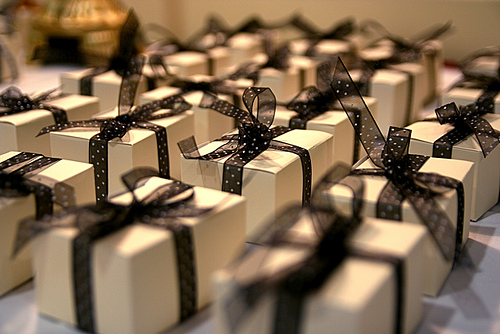
I want to touch on a few insights regarding Establishing Shots and how they come into play in writing twenty-first-century…
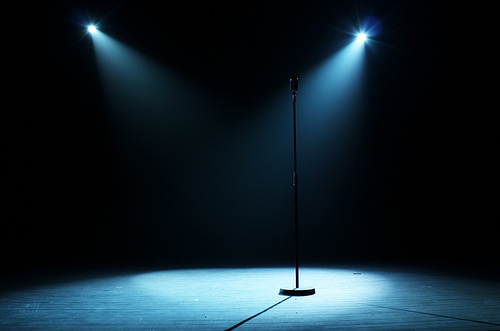
We’ve been looking at Establishing Shots used in scripts, and we’ve seen how they don’t need to be lengthy. You…
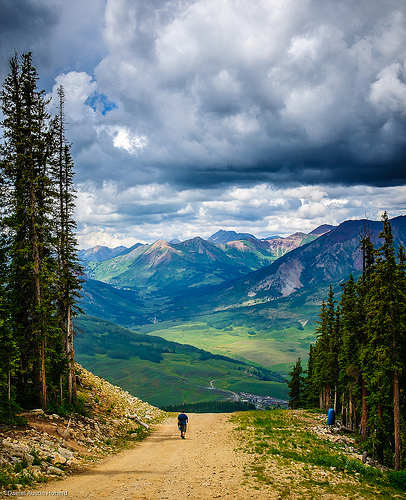
Last week I began discussing Establishing Shots used in movies and how they help make clear in just a few…
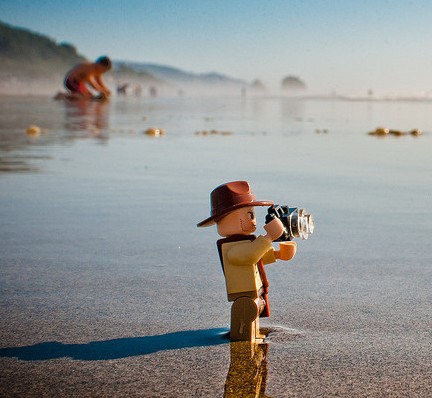
We’re now going to start going deep into cinematic technique by looking at numerous camera shots over the next few…
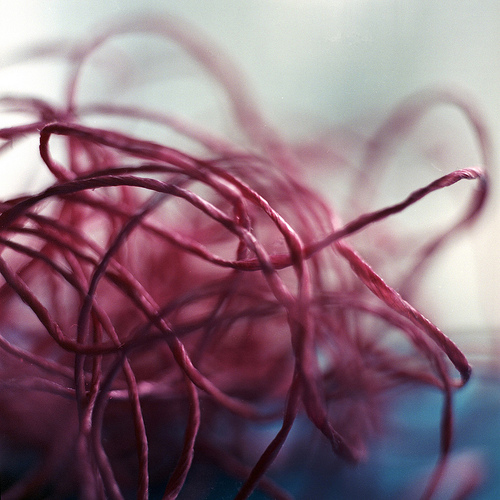
We’re taking a look at how movies are filmed. If you haven’t noticed, movies are made up of a string…

Subscribe to my email blasts to level up your writing and be notified of upcoming events and offers!
No products in the cart.